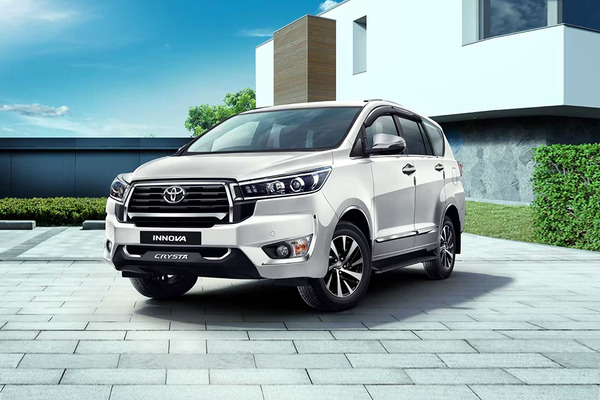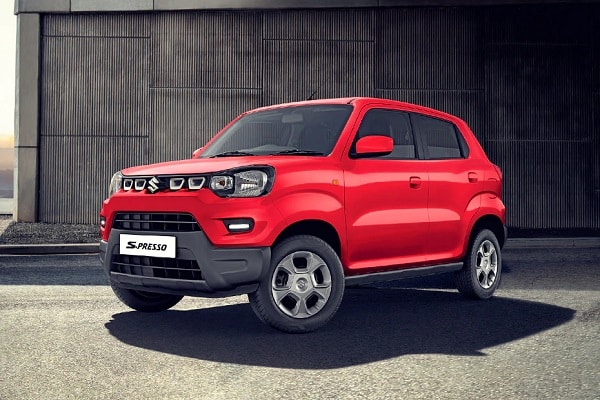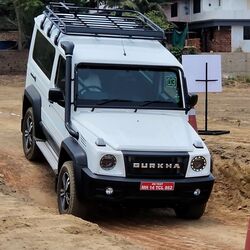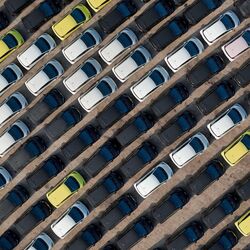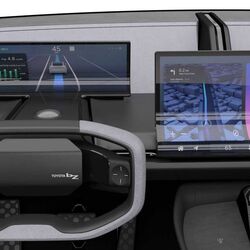How to check the brake fluid in your car
- Proper brake fluid pressure is required for efficient braking.
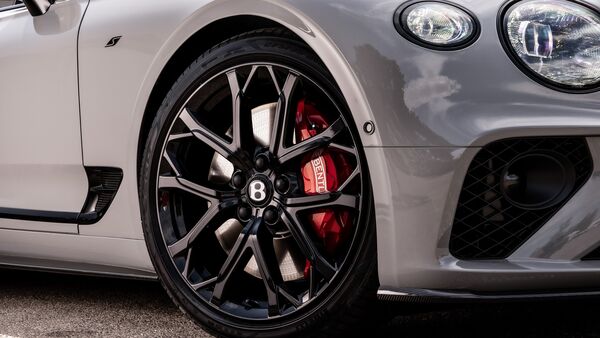

While we tend to talk about the engine, transmission and other parts of our car, the braking system is something we don't talk much about. But a car is as good as its braking equipment is. When a driver pushes down on the brake pedal, fluid is delivered through the brake lines from the master cylinder to the brake drums or discs. This slows the car through friction. In order to ensure the proper and smooth functioning of the braking system of a car, one needs to have enough brake fluid in the system. Also, the quality of the brake fluid needs to be good.
Also Read : How to check petrol quality at home without any instrument
Here is a step-by-step guide on how to check the brake fluid.
Park the car and let engine cool down
Park the vehicle first on a level surface and let the engine cool down.
Also check these Vehicles
Open the hood and check for the master cylinder
First, open the car's hood after parking it on a level surface. Now, check for the master cylinder. In the majority of cars, the master cylinder is located at the back of the engine bay, on the driver's side. The cylinder comes with a reservoir on it.
Check brake fluid level
In the majority of modern cars, the brake fluid reservoir comes as a transparent one, with lines marked as ‘Min’ and ‘Max’. The brake fluid level should be between these lines. Older cars may come with metal reservoirs, which require the to remove its cap.
Add brake fluid if required
In case the brake fluid is below the required level, pour the fluid carefully into the reservoir. Make sure it doesn't spill and in case it does, wipe off immediately, as brake fluid is toxic and corrosive. Also, use only the OEM-specified brake fluid.
Replace reservoir cap and close hood
After adding brake fluid to the reservoir, replace the cap of the reservoir. Close the hood of the engine compartment.
Park the car and let engine cool down
Park the vehicle first on a level surface and let the engine cool down.
Open the hood and check for the master cylinder
Check brake fluid level
Add brake fluid if required
Replace reservoir cap and close hood







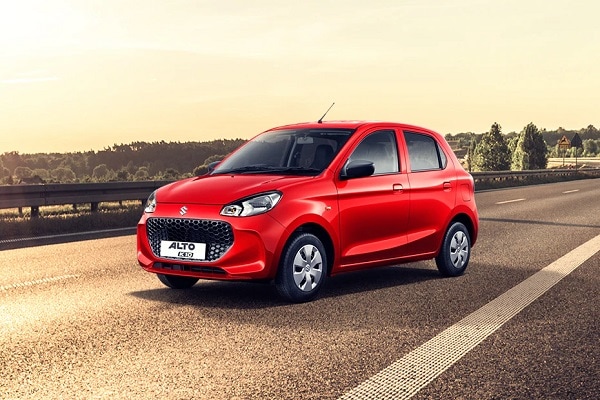
 998.0 cc
998.0 cc Multiple
Multiple
